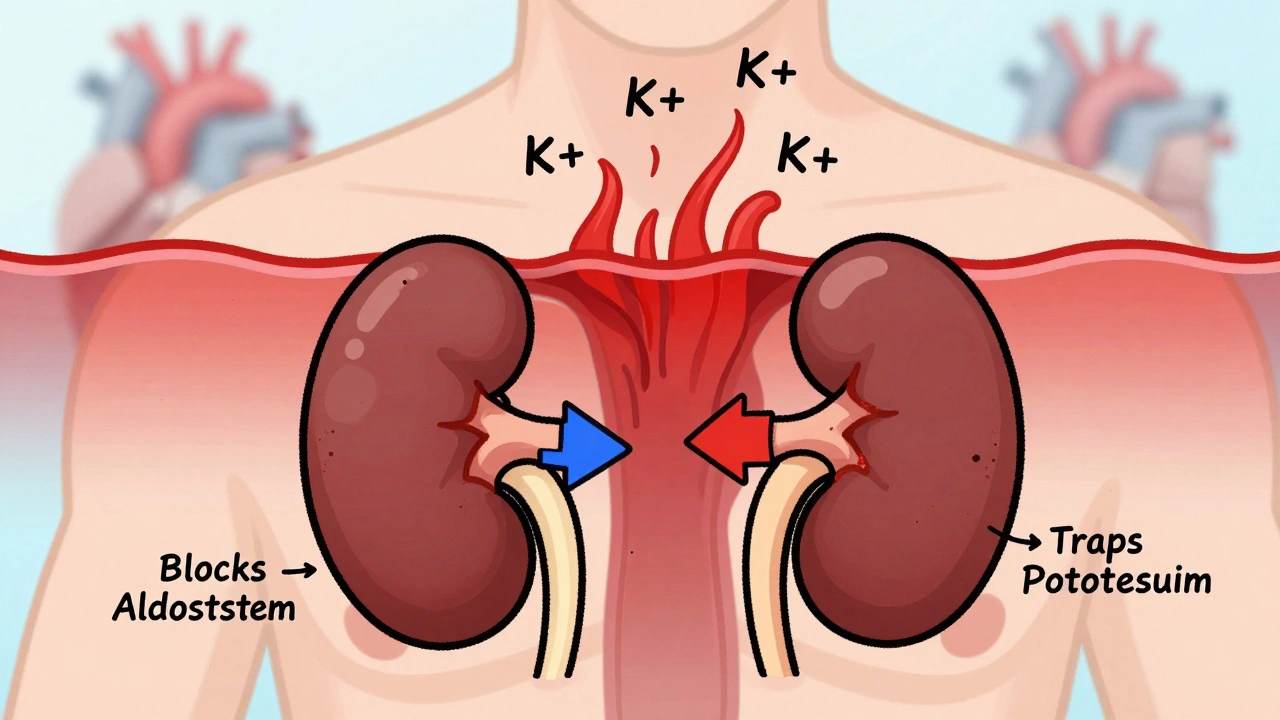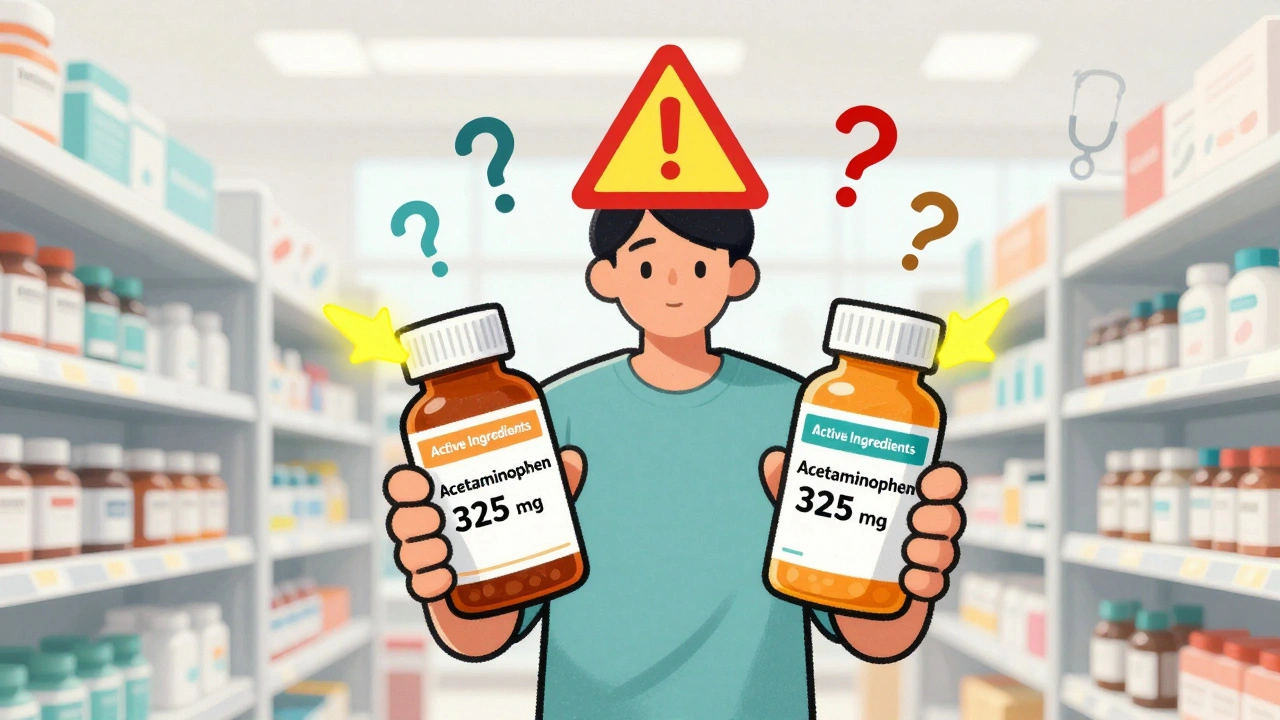Aceclofenac: A Simple Guide to Pain Relief and Inflammation Control
If you've ever dealt with joint pain, muscle aches, or arthritis, you might have heard about aceclofenac. It's a popular medication used to reduce pain and inflammation, helping people move and feel better. But what exactly is aceclofenac, and how does it work to ease your discomfort? Let's break it down.
What Does Aceclofenac Do?
Aceclofenac belongs to a group of medicines called non-steroidal anti-inflammatory drugs (NSAIDs). Its main job is to block certain substances in your body that cause pain and swelling. Think of it as a helper that calms down inflammation, making your joints less stiff and your muscles less sore. Doctors often recommend aceclofenac to treat conditions like osteoarthritis, rheumatoid arthritis, and ankylosing spondylitis.
One of the reasons people like aceclofenac is that it tends to cause fewer stomach issues compared to some older NSAIDs. Still, like all medicines, it comes with its own set of cautions.
How Should You Use Aceclofenac Safely?
Taking aceclofenac the right way is key to getting its benefits without trouble. Usually, it's taken twice a day, preferably after meals to protect your stomach. Don't take it on an empty stomach unless your doctor says so.
It's a good idea to stick to the prescribed dose and not to stretch the treatment longer than needed. If your pain doesn't improve in a few days, check back with your doctor. They might want to adjust your dose or try a different treatment.
Keep in mind, aceclofenac isn’t for everyone. If you have allergies to NSAIDs, stomach ulcers, kidney or liver problems, or heart disease, your doctor should know before prescribing it. Also, be careful mixing it with other medications, especially blood thinners or other anti-inflammatory drugs.
Wondering about side effects? Common ones include mild stomach pain, nausea, or dizziness. Serious issues are rare but can include severe stomach pain, unexplained bleeding, or allergic reactions. If any of these happen, seek medical advice right away.
In short, aceclofenac offers a practical way to fight annoying pain and swelling when taken properly. Always chat with your healthcare provider to make sure it's the right choice for you and follow their guidance closely to stay safe and comfortable.

Aceclofenac: A Game Changer in Alleviating Plantar Fasciitis Pain
Aceclofenac has emerged as an effective treatment for plantar fasciitis, a common condition causing heel pain. This non-steroidal anti-inflammatory drug helps in reducing inflammation and pain, providing relief to sufferers. With its specific action on inflammatory processes, aceclofenac assists in improving mobility and quality of life for those affected. Highlighting its advantages over other treatments, this article explores its role, benefits, and considerations in managing plantar fasciitis symptoms.





